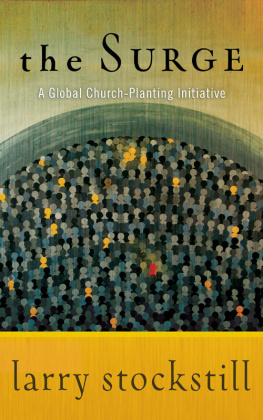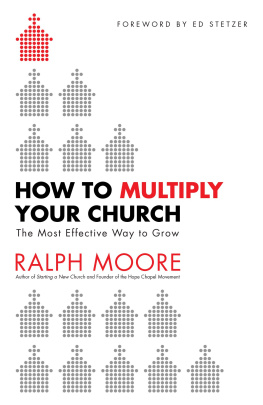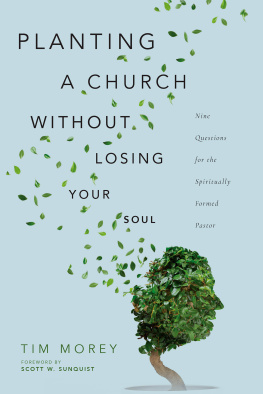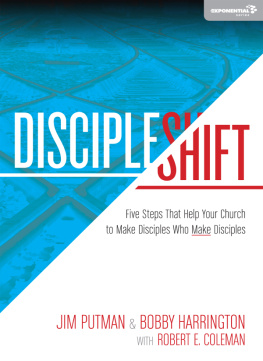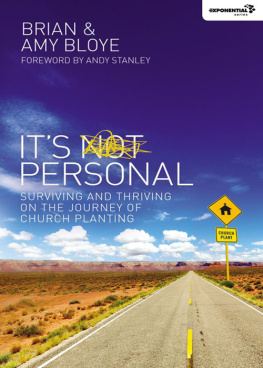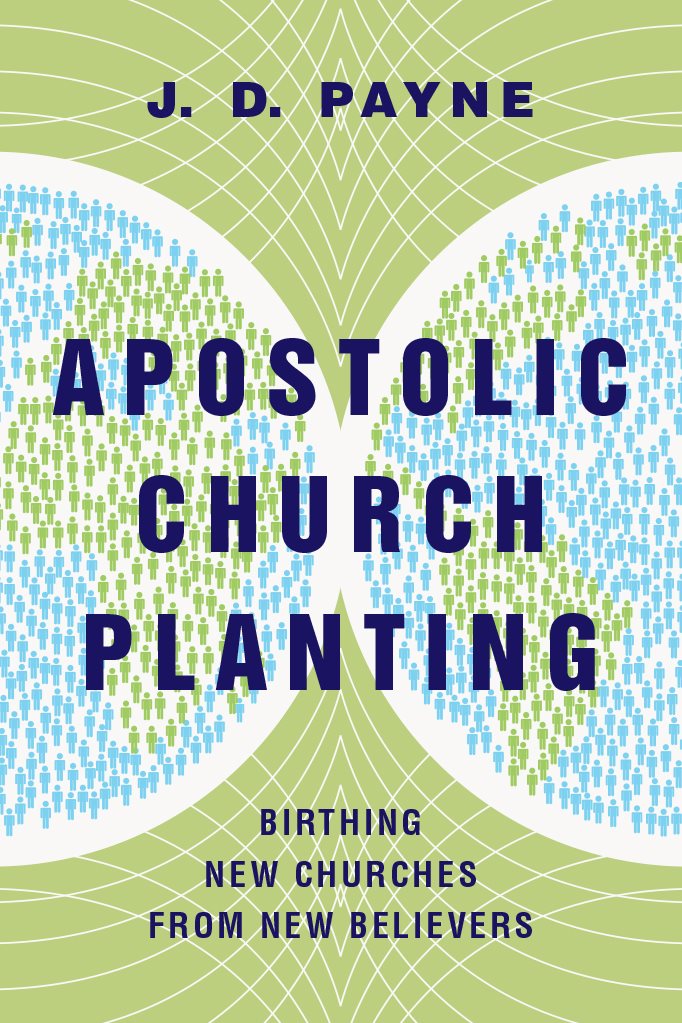InterVarsity Press
P.O. Box 1400,
Downers Grove, IL 60515-1426
ivpress.com
2015 by J. D. Payne
All rights reserved. No part of this book may be reproduced in any form without written permission from InterVarsity Press.
InterVarsity Pressis the book-publishing division of InterVarsity Christian Fellowship/USA, a movement of students and faculty active on campus at hundreds of universities, colleges and schools of nursing in the United States of America, and a member movement of the International Fellowship of Evangelical Students. For information about local and regional activities, visit intervarsity.org .
Scripture quotations, unless otherwise noted, are from The Holy Bible, English Standard Version, copyright 2001 by Crossway Bibles, a division of Good News Publishers. Used by permission. All rights reserved.
While any stories in this book are true, some names and identifying information may have been changed to protect the privacy of individuals.
Cover design: Cindy Kiple
Images: planet with people: johavel/iStockphoto
ISBN 978-0-8308-9890-9 (digital)
ISBN 978-0-8308-4124-0 (print)
Library of Congress Cataloging-in-Publication Data
Payne, Jervis David, 1974- Apostolic church planting : birthing new churches from new believers / J.D. Payne.
1 online resource. Includes bibliographical references.
Description based on print version record and CIP data provided by publisher; resource not viewed.
ISBN 978-0-8308-9890-9 (eBook) -- ISBN 978-0-8308-4124-0 (pbk. : alk. paper)
1. Church development, New. 2. Discipling (Christianity) I. Title.
BV652.24
254.1--dc23
2015029094
To my heavenly Father
and my earthly partner, Sarah
Contents
Preface
W hen I wrote Discovering Church Planting: An Introduction to the Whats, Whys, and Hows of Global Church Planting, I wanted to provide a comprehensive guide on the topic. That book is almost 460 pages long, and I believe I accomplished what the Lord placed in my heart. I am very thankful and pleased with that book.
You might assume that such a book was adequately thorough. However, over years of training church planters in both seminaries and local churches, I have often encountered questions I did not address in Discovering Church Planting. Also, since it was an introductory text, space and purpose would not allow me to develop some of my thinking to the degree that I would have liked.
The book you have before you, Apostolic Church Planting, is my attempt to respond to some of those questions and to connect the practical steps in a more developed manner. While this book is written to stand on its own, with much new material, it is also written to complementnot replaceDiscovering Church Planting. Naturally, there is some overlap between the two. If there werent, you would be wise to question an author who writes two books on a subject with no continuity and much divergence in thought.
However, there are very important matters related to church planting that I do not address in detail in this book but do in Discovering Church Planting. This book says little about the role of the Holy Spirit, fasting and prayer, spiritual warfare and the role of the sending church. While these vital aspects of missionary labors are not completely absent from this book, I intentionally avoid being redundant and instead direct the reader to respective chapters in Discovering Church Planting for additional reading. It is my hope that Apostolic Church Planting will not be read as lacking discussion of important matters for the multiplication of disciples, leaders and churches. Rather, I hope you will recognize that this book is part of the larger context of material I have produced.
There is nothing new under the sun. Every author is influenced by men and women who have gone before, and their writings reflect that. My work is no different. For those of you familiar with the literature of church planting and missiology, you will recognize the influence of Roland Allen, Donald McGavran and Ralph Winter. Among others, you will encounter David Hesselgraves influence on my thinking regarding the Church Multiplication Cycle, and Tom Steffen and Nathan and Kari Shank when it comes to role changes, stages of church planting and phase-out.
Just before writing this preface, I pulled Charles Brocks Indigenous Church Planting: A Practical Journey from my shelf and read where Charles signed his book for me on June 3, 1996, with the words, May God bless youCharles Brock. I was introduced to both Charles and his book that summer, and it was through this brother and his writing that the Lord brought me into the world of church planting. In addition to working with church-planting teams in the United States, Ive spent ten years teaching church planting in a seminary context. Presently, I serve as the pastor of church multiplication with The Church at Brook Hills in Birmingham, Alabama. One of my responsibilities is to equip our members to serve on church-planting teams. Had Charles Brock not taught a church-planting course in June 1996, I doubt that I would have written this book. And if you are familiar with Charless writing, you will recognize his influence on this book in more ways than one.
It is my prayer that the Lord will use Apostolic Church Planting to lead you and your team to multiply disciples, leaders and churches among the unreached peoples of the world. A day is coming when such labors will no longer be necessary. I hope you will be part of contributing to that diverse gathering around the throne (Rev 7:9), and I greatly desire that in some small way, this book will assist you in that grand endeavor.
Introduction
O ne day I met with a seasoned church-planting strategist at a local coffee shop. This wonderful brother had been involved in church planting for many years. Early in our conversation he asked me about my approach to church planting and what our church was doing in the area. I began by defining church planting as evangelism that results in new churches. Then, for the next several minutes, I reflected on some passages of Scripture (such as Acts 1314; 20; 1 Tim 3; Tit 1), different stages of church planting, planned role changes for the church-planting team and the priority of unreached people groups. After sharing, I waited for his response.
There was a pause as he stared at me. Then, with a look of surprise, he burst out, Wow! Thats amazing!
He was shocked.
Like anyone else, I love to be commended on a job well done, and I especially enjoy it when someone compliments my innovative idea, action, book or so on. But his response was not encouraging to me. Even though his surprise revealed that he thought I was creative and innovative, I was troubled.
I had described to him nothing more than what we read about in Scripture. It was at that moment that I concluded: when the Church is shocked at a biblical model, it reveals just how far away from the Scriptures we have moved in our missionary practices.
Once, speaking at a church-planting conference, I gave a presentation similar to what I had shared in the coffee shop that day. Afterward a church-planting leader for his denomination came up to me immediately, declaring, Thats exactly what we are doing! Evangelism that results in new churches!



